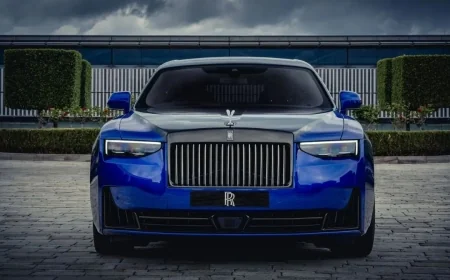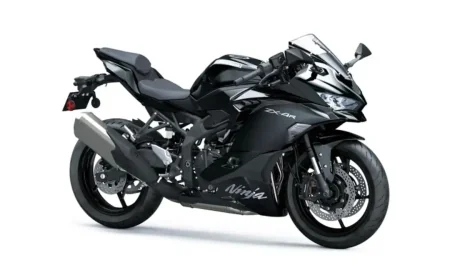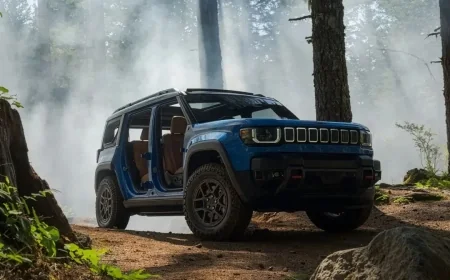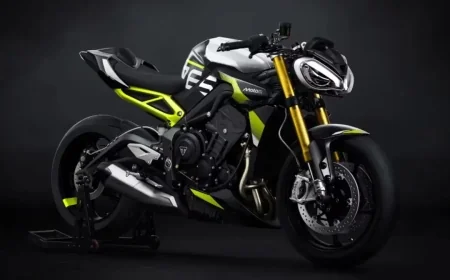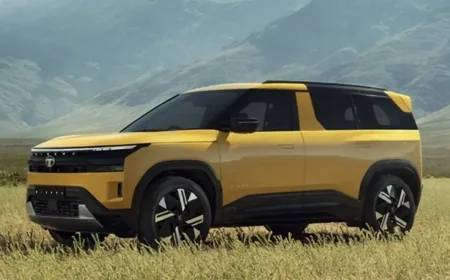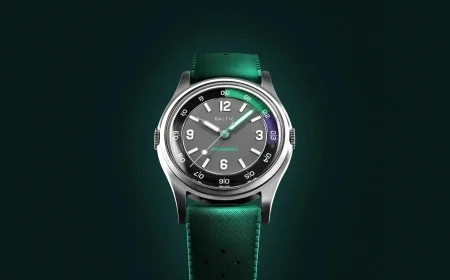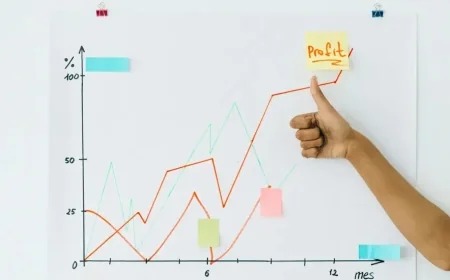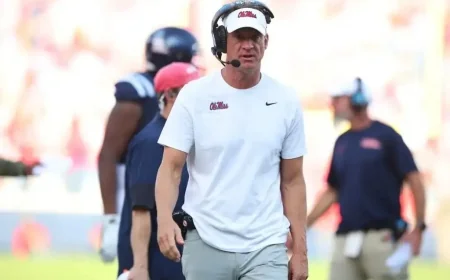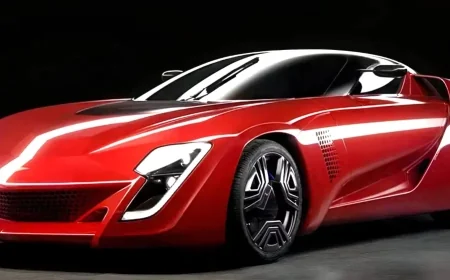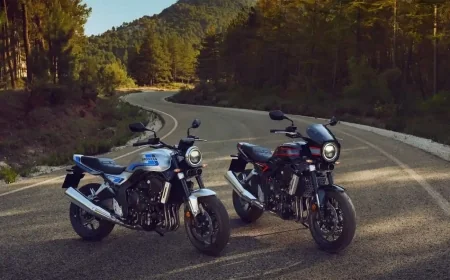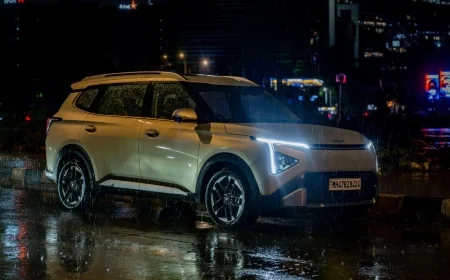Skoda milestones the cars that defined the brand
For almost as long as Autocar has been published, Skoda has made cars – but these are the cars that made Skoda.

Laurent & Klement arrives
In the early days of motoring, it was even more important than it is today for a new brand to demonstrate its cars’ capabilities in order to gain the trust of potential buyers, such was the vast spread of manufacturers and the great variances in their mechanical ideas.
Laurin & Klement’s British agents relied on the standard method of long-distance runs. In April 1907, Autocar reported that one WE Burkin was “touring the provinces in an 8hp L&K, giving demonstration and trial runs to prospective purchasers” and the Bohemian car “has been running remarkably well and has shown itself capable of making a high average speed”.
Within weeks, we verified such reports ourselves, joining a two-car run from L&K’s London depot to Holyhead on Anglesey. We rode with an anonymous Austrian count as he sought to outstrip Frantisek Toman, a racer employed by the Mladá Boleslav factory (or Jungbunzlau, as we then called it).
“We cannot remember having made a more delightful journey,” we concluded, praising the “good balancing of the engine, the ease of the springs and the reliability of the running” of the two-seat voiturettes, with their 8-9hp V2 engines. The only issue had been one misfiring on the final section, “probably due to an excess of oil
That October, a bigger, four-cylinder 14-16hp tourer solidified our admiration for L&K. “One of the car’s best points is in the steering, which is remarkably sensitive and easy,” we found. “The clutch is smooth in its action, and takes up the drive without shock or jerk.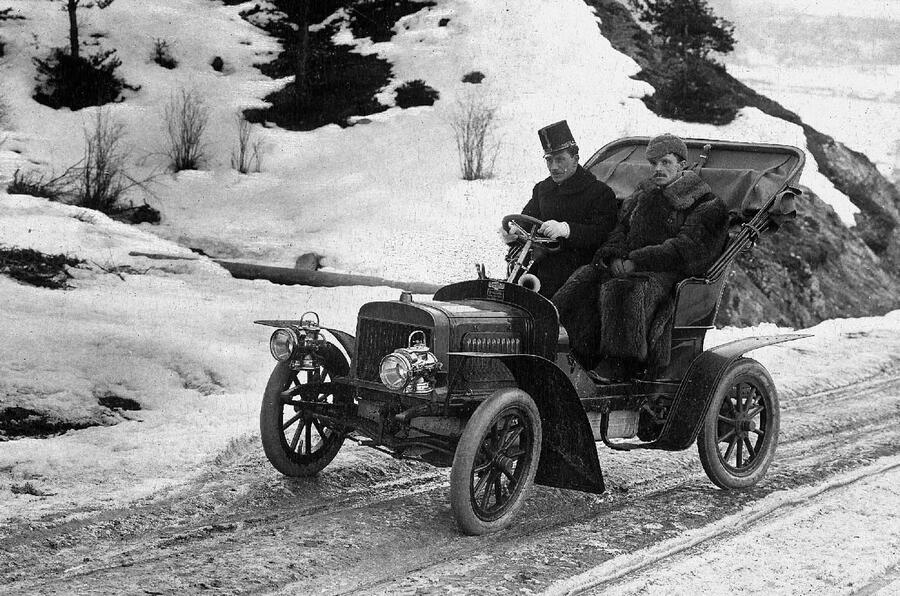
During our run [near Norwich], the car behaved admirably, showing itself capable of maintaining a good average speed, despite an exceptionally heavy load and the fact the hood had perchance to be erected.
The efficiency of the L&K motor for its size, which never required anything below second, in spite of the [considerable] weight it had to propel, left a most favourable impression in our minds.”
In 1925, L&K was bought out by Pilsen’s Skoda Works (which was infamous in Britain as a major source of enemy munitions during World War I) and took the name that we know today.
Eight years later, Skoda diverged from automotive convention by building its new model atop a backbone chassis frame – a method pioneered by fellow Czechoslovakian car maker Tatra that reduced the weight of the car and afforded all-round independent suspension.
First came the Standard, but much more famous was the subsequent Popular. It was never sold officially in the UK, so Autocar never drove it, but it became a legend in central Europe.
It did at least catch our attention at the 1936 Monte Carlo Rally, as a sports version finished second in the 1.5-litre class – serving as the inspiration for today’s Monte Carlo Skodas.
As Czechoslovakia transitioned from Nazi occupation to communism in the grip of the Soviets, Skoda re-emerged with reimaginings of its pre-war models.
The Popular saloon became the Tudor, then the Spartak and ultimately the Octavia – which in 1960 was the subject of Autocar’s first-ever Skoda road test, after Mladá Boleslav finally resumed UK exports.
“Responsive and lively, the four-cylinder engine had a high noise level, the valve gear in particular being noticeable,” we said. “It was also far from smooth, and even irritating when high revs had to be sustained. Once in its stride on the open road, the Octavia’s progress is more restful.
“Over deeply rutted and potholed tracks, it behaved extremely well; even on stretches which caused the front suspension to rise against the bump stops it felt taut and rigid. Steering is high-geared, and has a peculiar ‘stickiness’.
“At present, the Czechs must concentrate on essentials; so far as the Octavia is concerned, it does give the essentials of cheap family motoring. Its basic design and rugged construction ensure a fitness for purpose that is the car’s strongest quality.”
What's Your Reaction?
 Like
0
Like
0
 Dislike
0
Dislike
0
 Love
0
Love
0
 Funny
0
Funny
0
 Angry
0
Angry
0
 Sad
0
Sad
0
 Wow
0
Wow
0





